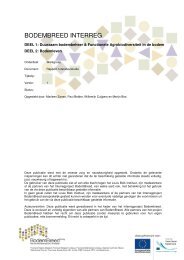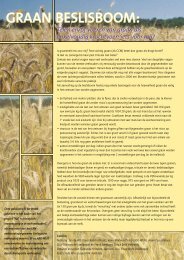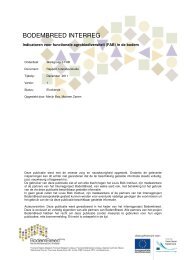Respiratory System Disorders and Therapy From a New - Louis Bolk ...
Respiratory System Disorders and Therapy From a New - Louis Bolk ...
Respiratory System Disorders and Therapy From a New - Louis Bolk ...
You also want an ePaper? Increase the reach of your titles
YUMPU automatically turns print PDFs into web optimized ePapers that Google loves.
4.8. Acute <strong>and</strong> Chronic Aspects of Illness<br />
The symptoms of chronic illness generally progress with exacerbations <strong>and</strong> remissions.<br />
<strong>From</strong> the viewpoint of chronicity, the symptomatology of the various exacerbations<br />
is generally the same <strong>and</strong> specifically ‘belongs to the patient.’ It would be an extreme<br />
exception if the same patient reacted one time with the symptoms of asthma, the next time<br />
with the symptoms of epilepsy, <strong>and</strong> yet another time with chronic intestinal complaints.<br />
It is characteristic of a chronic illness that precisely the same symptoms, over the course<br />
of time, occur to a varying degree <strong>and</strong> frequency. There can also be longer periods during<br />
which the patient is symptom-free.<br />
A second aspect is the acute moment of the exacerbation. Many patients themselves<br />
know very well what makes them ill, which ingredients may provoke an exacerbation. In<br />
other words: the acute moment is usually provoked by specific factors. Something which<br />
the one patient reacts severely to is for another patient with ‘the same disease’ irrelevant,<br />
<strong>and</strong> vice versa. The ‘sameness’ of the disease becomes modified by various individually<br />
determined factors that provoke an exacerbation. Many patients are also aware of the<br />
lifestyle that can specifically help prevent exacerbations. A change in lifestyle could then<br />
help them to improve their own health.<br />
4.8.1. What is the Role of Constitution?<br />
When we use phenomenology to look at patients, various symptoms can be recognized as<br />
belonging dynamically together. Two symptoms that, at first glance, appear to be clearly<br />
different, such as, for example, insomnia <strong>and</strong> increased muscle tension, can be recognized<br />
in their mutual relation <strong>and</strong> common cause. Thus, a dynamic <strong>and</strong> coherent picture of —<br />
the symptoms of — a disease is created.<br />
The description of the asthma patients in Chapter 2 made it clear that, before the first<br />
acute moment in the ‘illness’ emerged, there was already a certain innate imbalance,<br />
which makes these patients extra sensitive (see figures 3.6., 3.7., <strong>and</strong> 3.8.). They had<br />
<strong>Bolk</strong>’s Companions RespiRatoRy system DisoRDeRs anD theRapy - 59

















